Introduction to the characteristics of Yejashefi Coffee Flavor description of Yirgacheffe
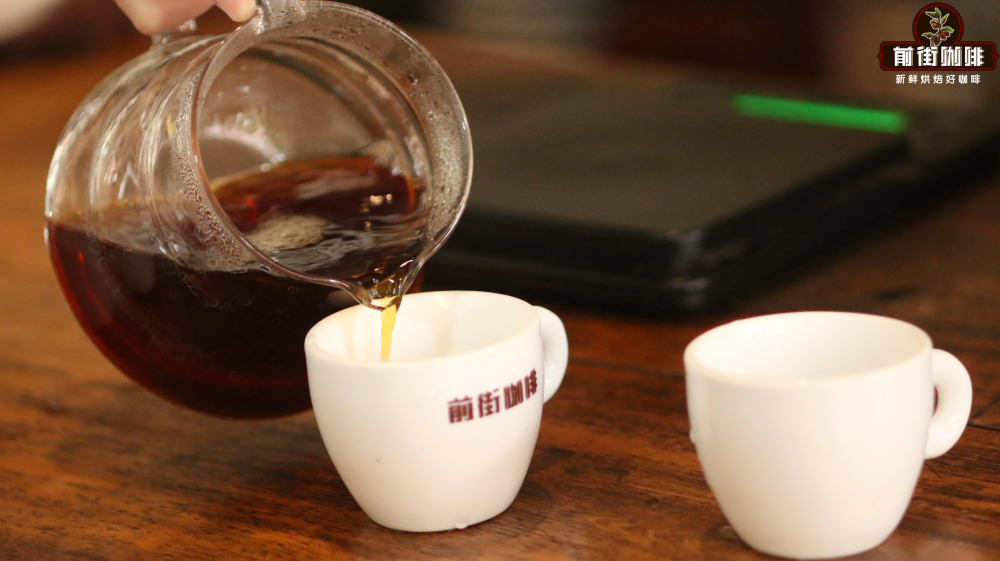
What Yega Xuefei is most interested in is that it has a unique, obvious sweet and sour fruit, with pleasant citrus and lemon flavors on the palate, followed by the aroma of jasmine flowers throughout the taste buds. "not much like coffee, but a bit like fruit tea" is the comment of many people on the shallow roasting Yega Xuefei.
There is a cost-effective rations bean series on the bean shelf in front street, featuring 7 excellent classic coffee producing areas, covering a number of representative producing areas, varieties and natural treatment methods. These include Yega Xuefei in Ethiopia, Vivetnango in Guatemala, Whelan in Colombia, half-sun Syrador in Brazil, Tara beads in Costa Rica, wet planer forest in Indonesia and Baoshan in Yunnan, China. Among them, Yejia Xuefei is the facade representative of flower and fruit flavor. Qianjie believes that Yejia's exquisite fragrance can not be separated from the unique topographic environment of the producing area and break through the traditional washing treatment.
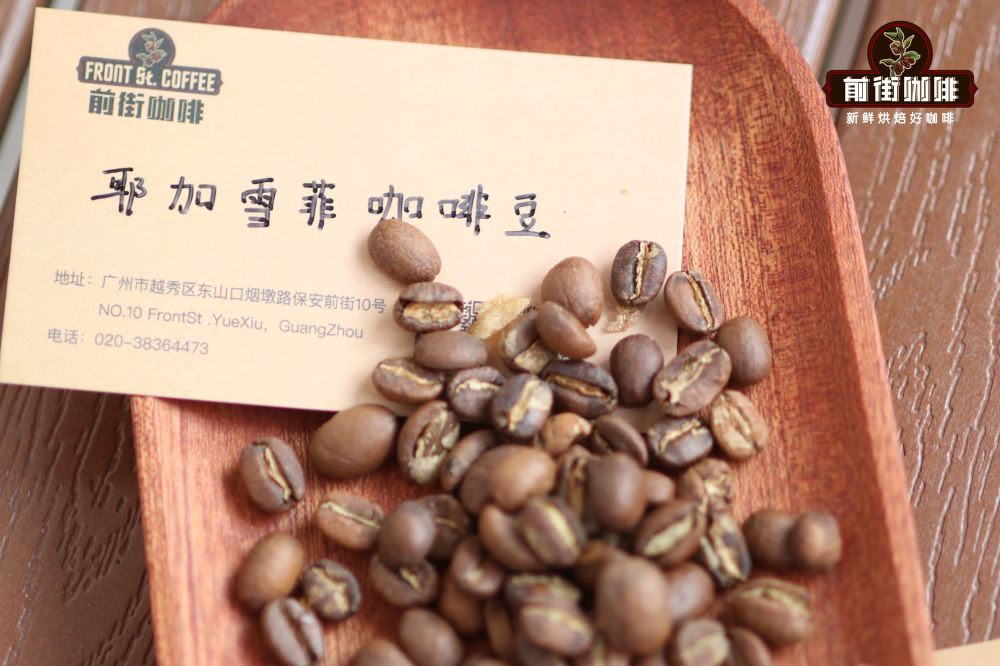
The town of Yegashefi is located in south-central Ethiopia, with an elevation of more than 2,000 meters above sea level, which is one of the highest producing areas in Ethiopia. Coffee trees are mostly planted in farmers' own backyards or mixed with other crops in the farmland, with little yield per household, which is a typical pastoral coffee. These mountain villages are foggy, like spring all year round, with a gentle breeze in summer, cool but not hot, rain but not damp, and no cold damage in winter, which is especially suitable for the growth of Arabica coffee. There is a significant temperature difference between day and night at high altitude. coffee trees grow slowly, take longer for fruit ripening, and accordingly store more aromatic substances, so the harvest season is later. The harvest season is usually from October to January of the following year, when busy farmers are seen gathering coffee fruits in the mountains and in the back garden of their homes, and then send them to the cooperative in the village for unified treatment.
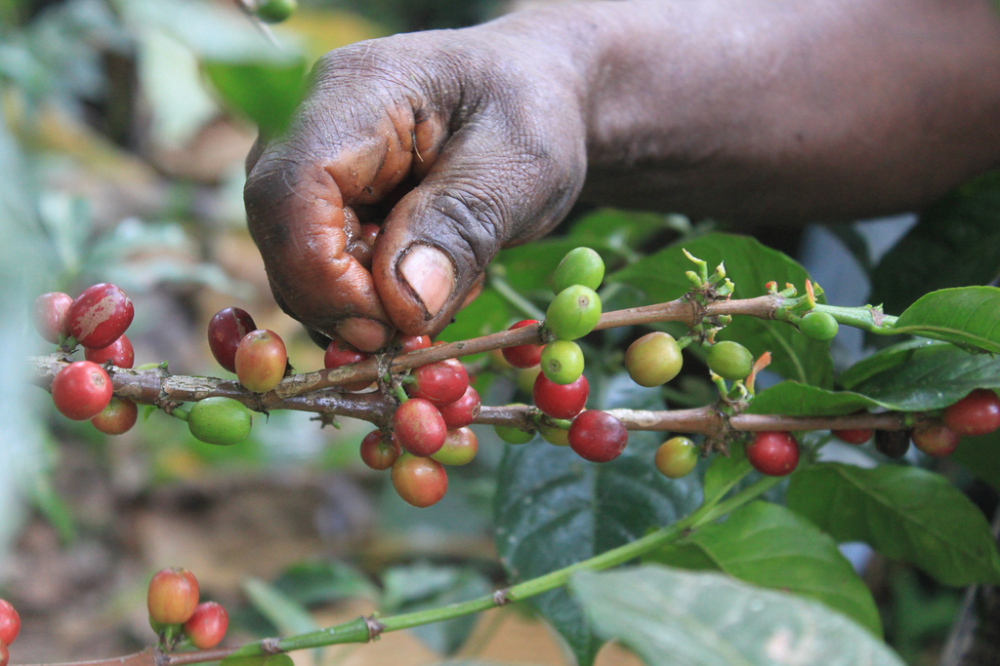
Cochel, Fog Valley and Godibe, which we often hear, are all very well-known micro-producing areas under the Yega Sheffield coffee producing area. they all have excellent cooperative production teams and produce coffee with unique characteristics. Located in the Waka production area at the southeast end of Yegashafi, another mature production team, the Guoding Cooperative, has a member of about 300 farmers. It was set up separately in 2012 because of the rising and bright flavor of Yega Xuefei. Many small farmers were also members of the Woka Cooperative, so the technology of producing coffee was not a problem. The Guoding cooperative coffee in Qianjie is treated with traditional washing.
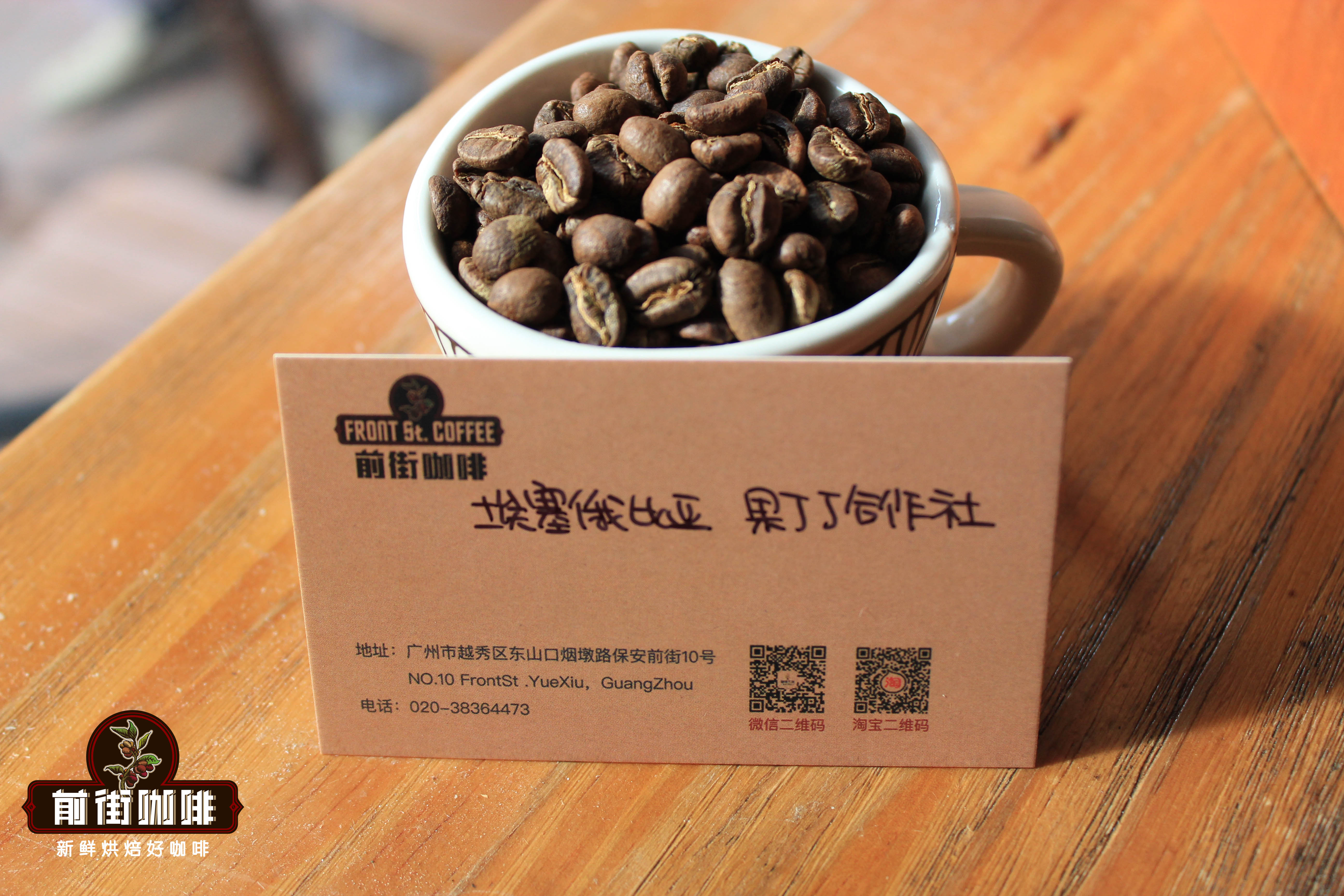
In the early days, Yega Xuefei, like other coffee producing areas in Ethiopia, used the oldest sun treatment, until 1972, Ethiopia introduced Central and South American water washing technology to improve the quality of coffee beans. this move also magnified the citrus lemon aroma of the Yejashafi coffee bean itself, and became more fresh and bright in the taste, and then Yega Xuefei became one of the representatives of fine coffee in the world.
Washing treatment process
1. First of all, coffee farmers will pour all the harvested coffee fruit into the water, so that the bad and defective coffee beans will surface and sink to the bottom of the water is the quality of coffee fruit, and this operation also greatly reduces the time wasted by picking one by one.
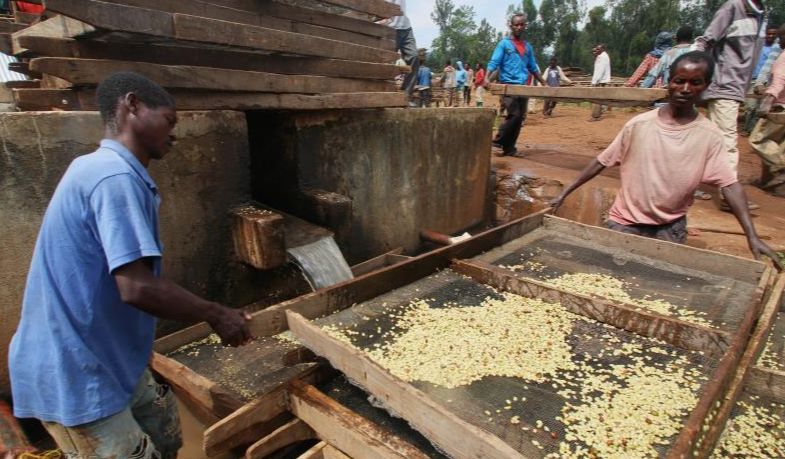
two。 Put the screened coffee fruit into a peeling machine to remove the skin and flesh, and after removing these coffee fruits, there will still be a layer of pectin on the surface of the coffee fruit, so wash away the adhesive on the surface of the coffee fruit with a lot of water.
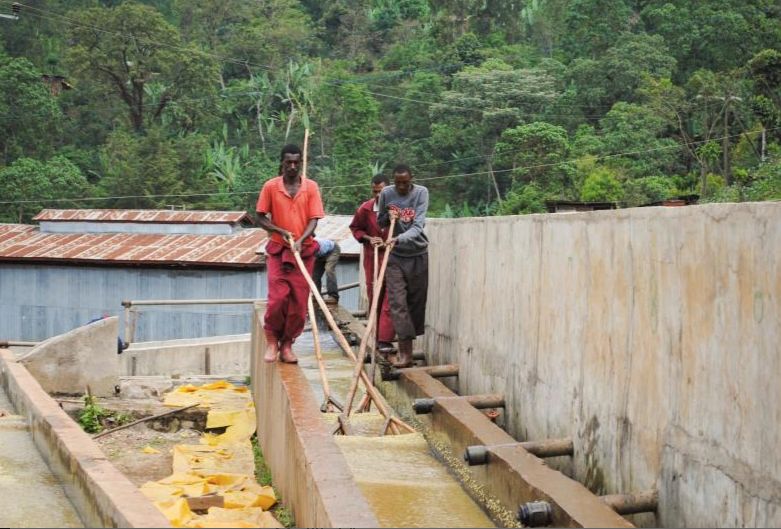
3. Then the pectin is completely removed by fermentation, which takes about 18 hours, but after the fermentation is completed, the fermentation bacteria adhere to the surface of the coffee fruit, so it needs to be scrubbed with a lot of water again. The whole process requires a lot of fresh water resources.
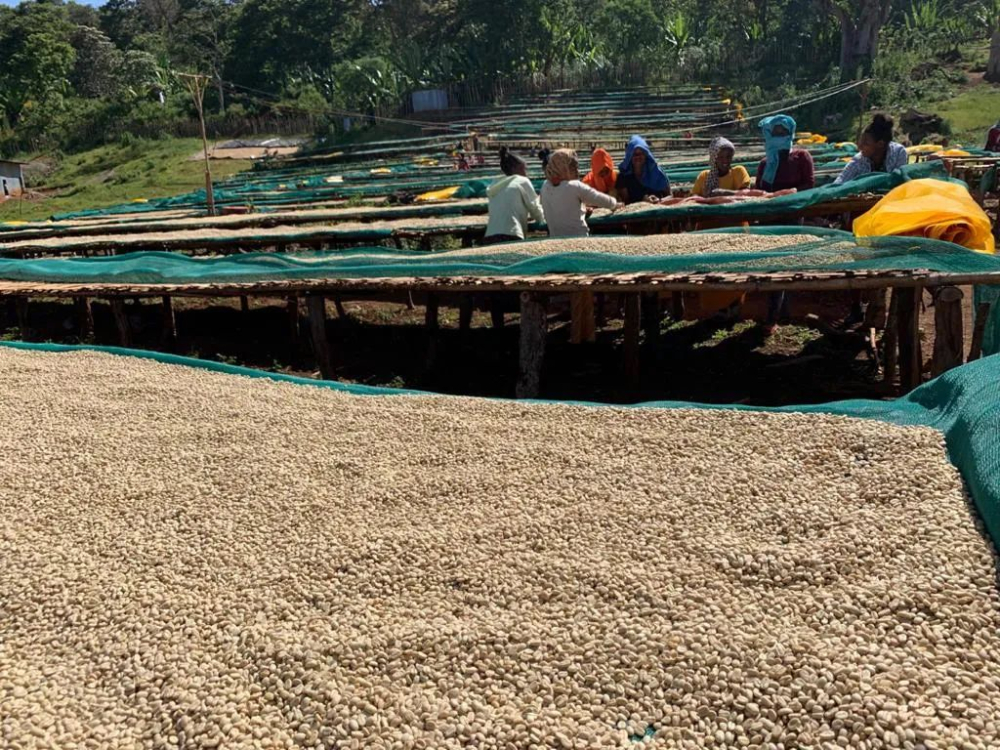
4. Finally, the washed coffee beans will be taken outdoors and laid on the drying bed to dry, and some more developed producing areas will be sent to the processing plant to use machines to dry, so that the water content of the coffee will be as low as 11%.
For a lot of bitter coffee, the most important feature of Yega Xuefei is that the bitterness is not obvious, so it is more easily accepted. The reason why the coffee is bitter is mainly because the roaster bakes the coffee beans deeply, and the main flavor is nuts and dark chocolate. With the emergence of the concept of boutique coffee, in order to retain more acidity, the roaster roasted the coffee to a light degree, giving it a pleasant sweet and sour fruit and white flower aroma. The front street baker considers that Yejiaxuefei is mainly represented by the acidity of fruit, which is more suitable for the shallow baking method, highlighting the bright acidity of Yejiaxuefei.
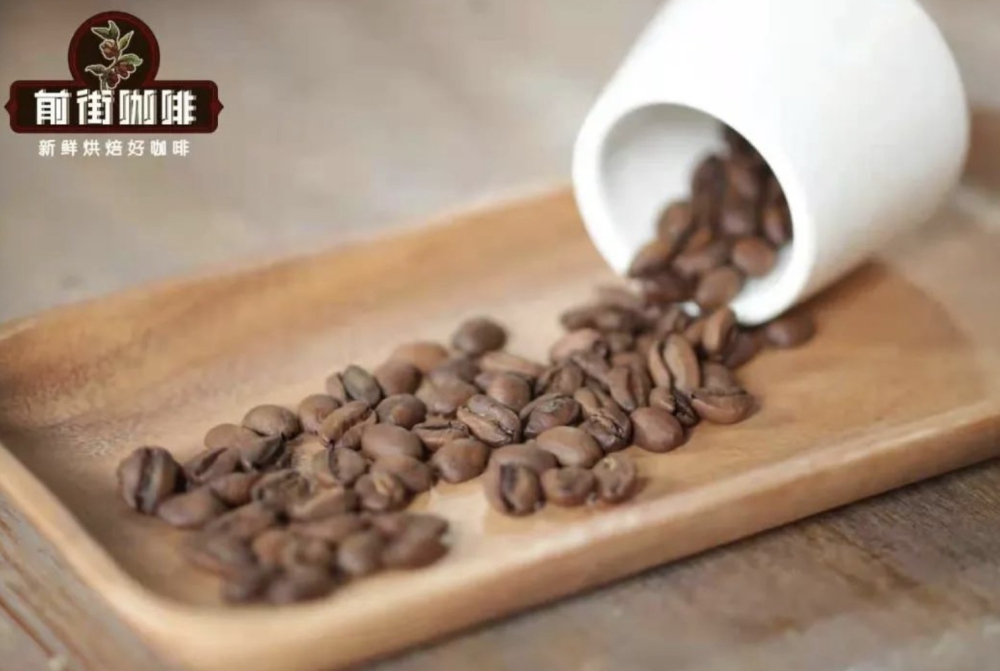
The freshly baked Yejia Xuefei was tested in Qianjie to feel the washed Yejia Xuefei from the point of view of dry fragrance, wet fragrance, flavor, cleanliness, mellow thickness, tail rhyme and so on. The dry aroma of washed fruit Ding Ding cooperative coffee exudes fresh aromas of passion fruit, citrus and berries. Wet aroma is the acidity of citrus, berries, imported citrus, sweet berries, almonds, tea, with honey sweetness in the finish. Alcohol thickness is low, acidity is bright, clean and refreshing.
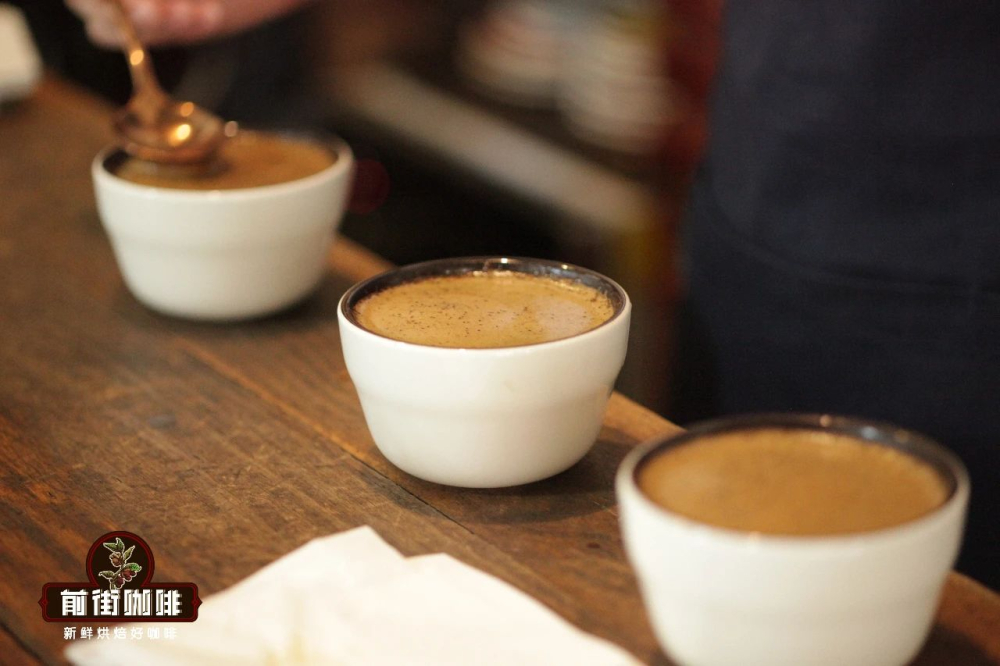
Coffee beans will have 4-7 days of exhaust time after roasting, and then enter a stage of optimal taste. As the storage time increases, the aroma of the coffee will accelerate volatilization, and the flavor and taste will be greatly reduced. Qianjie in order to ensure that everyone drinks coffee flavor in the best period, will ensure that only the delivery of freshly roasted beans within 5 days, so that people receive the best aroma of coffee beans.
Because Yega Xuefei is planted at high altitude and the degree of roasting is shallow, the inner texture of coffee beans has not been changed much. In order to release more rich aroma, Qianjie will be extracted with higher water temperature and finer grinding, with V60 filter cup. For sour shallow roasted coffee, front street baristas will give priority to using resin V60 filter cups. The body of the V60 filter cup has a large round hole connecting the diversion ribs at the top and the bottom and the center, which speeds up the flow rate of the water, while the spirally shaped exhaust trough is designed to lengthen the flow path and increase the contact time of coffee powder and hot water. each flow of water converges along the groove to the center of the filter cup, the pressure on the coffee powder is concentrated, and the coffee extracted is more layered.
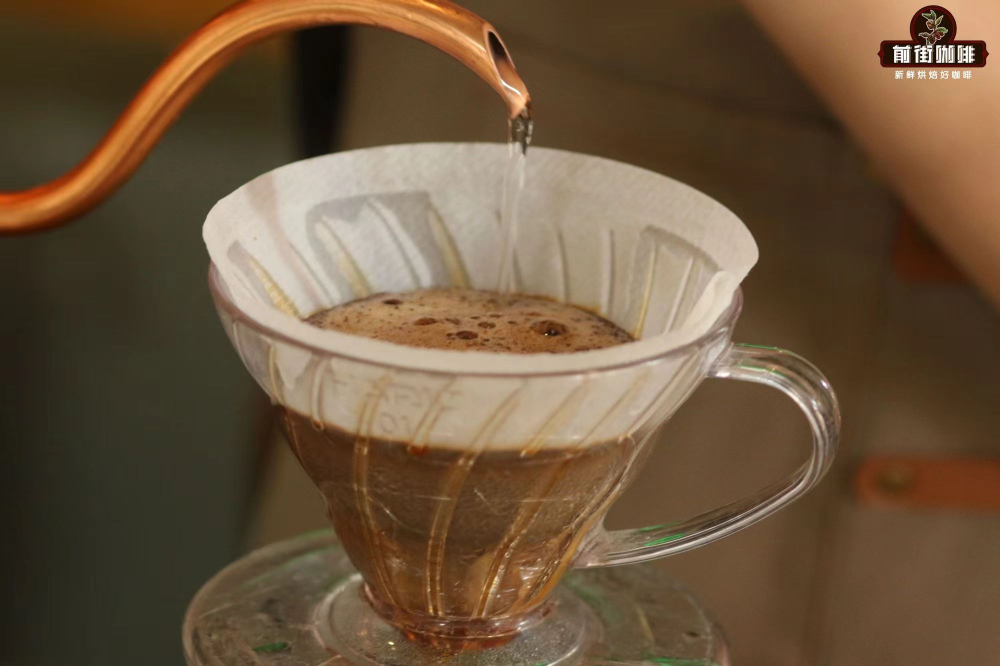
The cooking parameters of Yega Xuefei:
Filter cup: V60 water temperature: 92-93 degrees Celsius powder: 15g powder-water ratio: 1:15 Grinding degree: fine sugar size (No. 20 sieve bowl sieve powder to 78%)
In the first stage, 30 grams of water is injected for 30 seconds, followed by 95 grams (about 125 grams indicated by the electronic scale). The injection is completed in about 1 minute, and the remaining 100 grams are injected at 3 places in the powder layer (about 225 grams shown by the electronic scale) in about 1 minute and 35 seconds. 2: 10 "trickling is completed, remove the filter cup and complete the extraction.
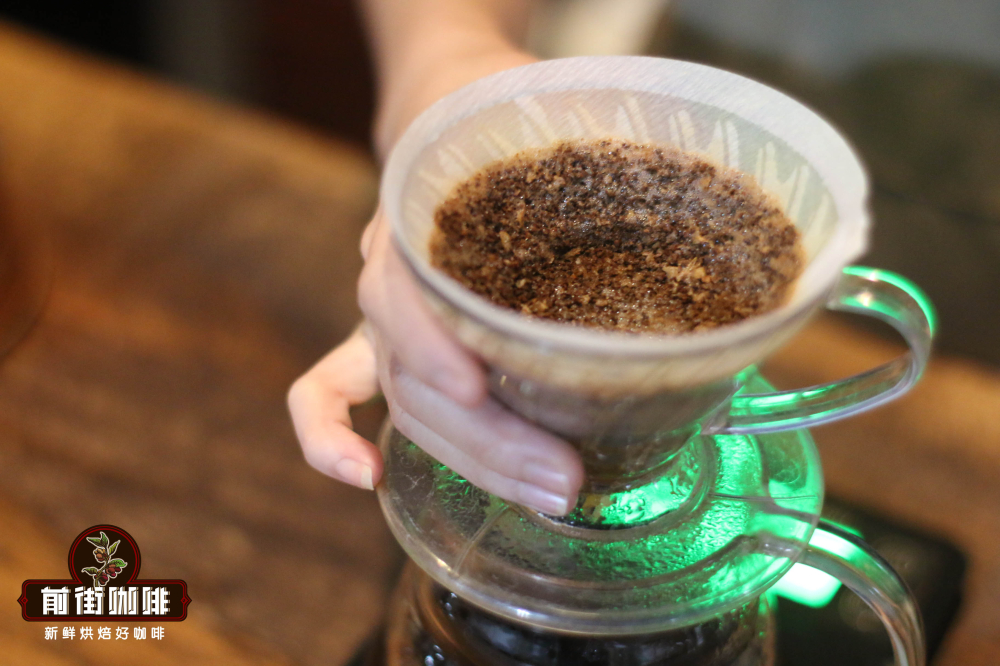
Washed fruit Ding Ding cooperative flavor: the entrance has jasmine, lemon, citrus, green tea, with the change of temperature, there are berries, cream, sugar cane aftertaste, sweet obvious, taste clean and sweet.
Professional coffee knowledge exchange more coffee bean information please follow the coffee workshop (Wechat official account cafe_style)
For more boutique coffee beans, please add private Qianjie coffee on Wechat. WeChat account: qjcoffeex
Important Notice :
前街咖啡 FrontStreet Coffee has moved to new addredd:
FrontStreet Coffee Address: 315,Donghua East Road,GuangZhou
Tel:020 38364473
- Prev
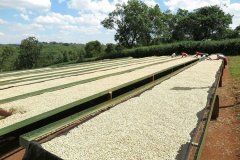
Detailed introduction of washing Arabica coffee beans by AA- Bugison (Bugisu) in Uganda
For the exchange of professional baristas, please pay attention to the coffee workshop (Wechat official account cafe_style) Uganda AA- Bugison (Bugisu) Arabica Water washed beans Uganda is located in the Nile, the source of Uganda is a landlocked country not near the sea in Africa, although it has a long history of producing coffee like other East African countries, the quality of coffee has always been unable to improve due to the war caused by ethnic antagonism, and most good coffee is grown.
- Next
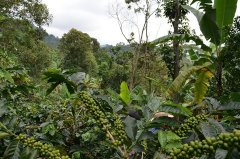
Yega Chefe Coffee characteristics Yega Chuefei misty Valley Coffee Bean Eddie Multi-processing Plant Idido
Professional barista communication Please follow the coffee workshop (Wechat official account cafe_style) Yega Xuefei has always been my personal favorite coffee bean, and it can even be said that it is the first of my favorite coffee, and it is also because of Yejia Xuefei that I plunged into the endless world of coffee. The brief introduction comes from the Yega Xuefei Solar Gray 1 from Eddie Multi-processing Plant (Idido).
Related
- Detailed explanation of Jadeite planting Land in Panamanian Jadeite Manor introduction to the grading system of Jadeite competitive bidding, Red bid, Green bid and Rose Summer
- Story of Coffee planting in Brenka region of Costa Rica Stonehenge Manor anaerobic heavy honey treatment of flavor mouth
- What's on the barrel of Blue Mountain Coffee beans?
- Can American coffee also pull flowers? How to use hot American style to pull out a good-looking pattern?
- Can you make a cold extract with coffee beans? What is the right proportion for cold-extracted coffee formula?
- Indonesian PWN Gold Mandrine Coffee Origin Features Flavor How to Chong? Mandolin coffee is American.
- A brief introduction to the flavor characteristics of Brazilian yellow bourbon coffee beans
- What is the effect of different water quality on the flavor of cold-extracted coffee? What kind of water is best for brewing coffee?
- Why do you think of Rose Summer whenever you mention Panamanian coffee?
- Introduction to the characteristics of authentic blue mountain coffee bean producing areas? What is the CIB Coffee Authority in Jamaica?

